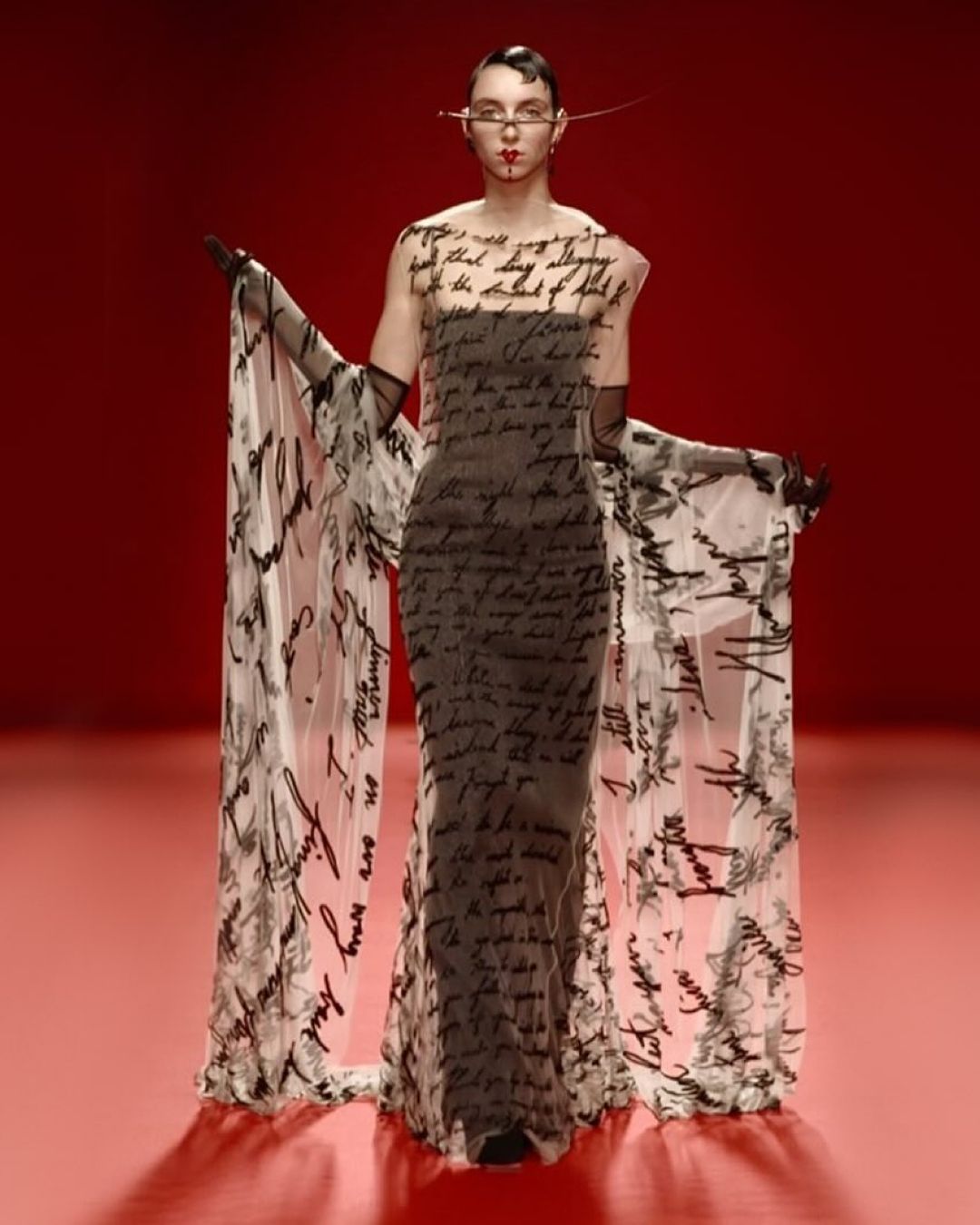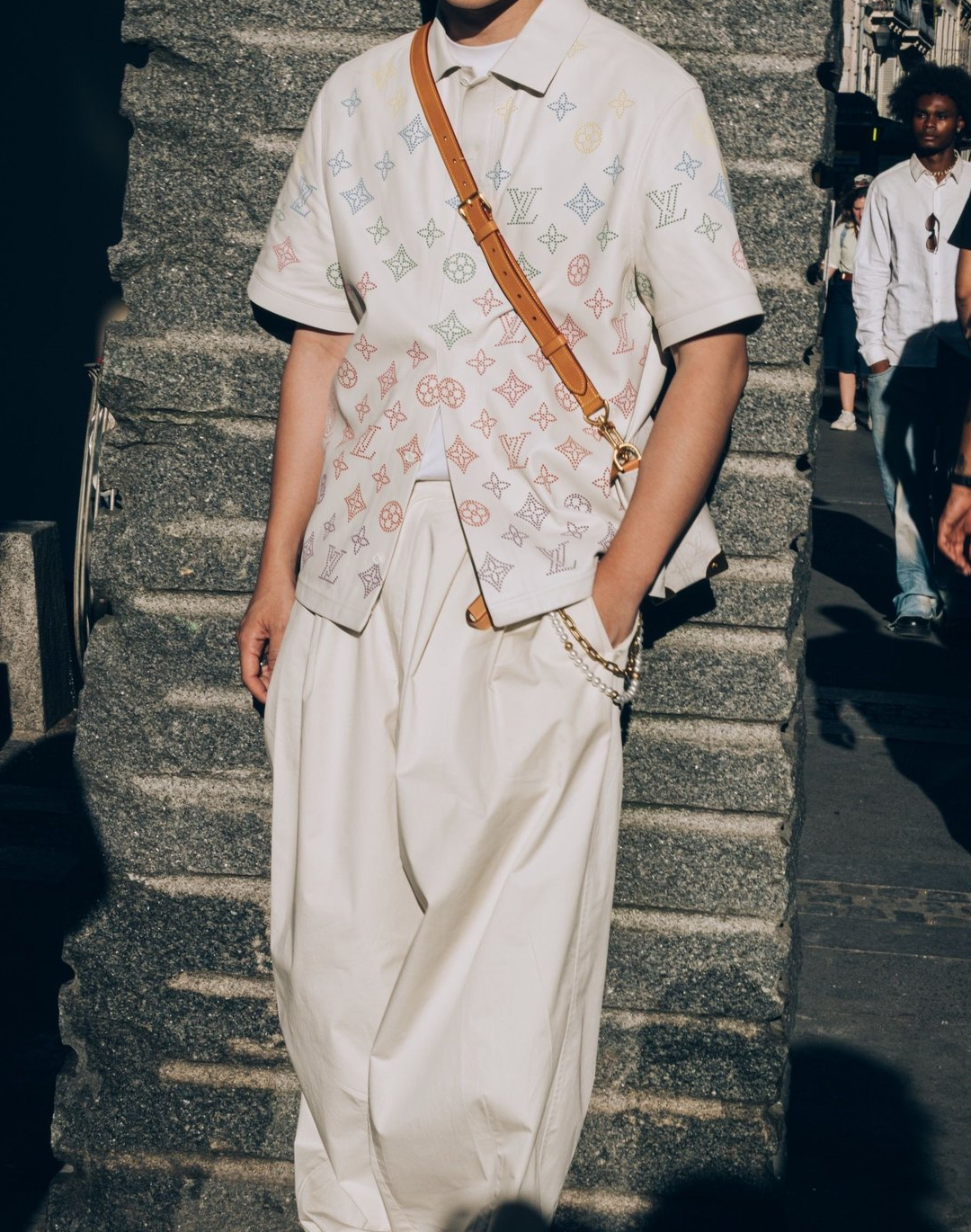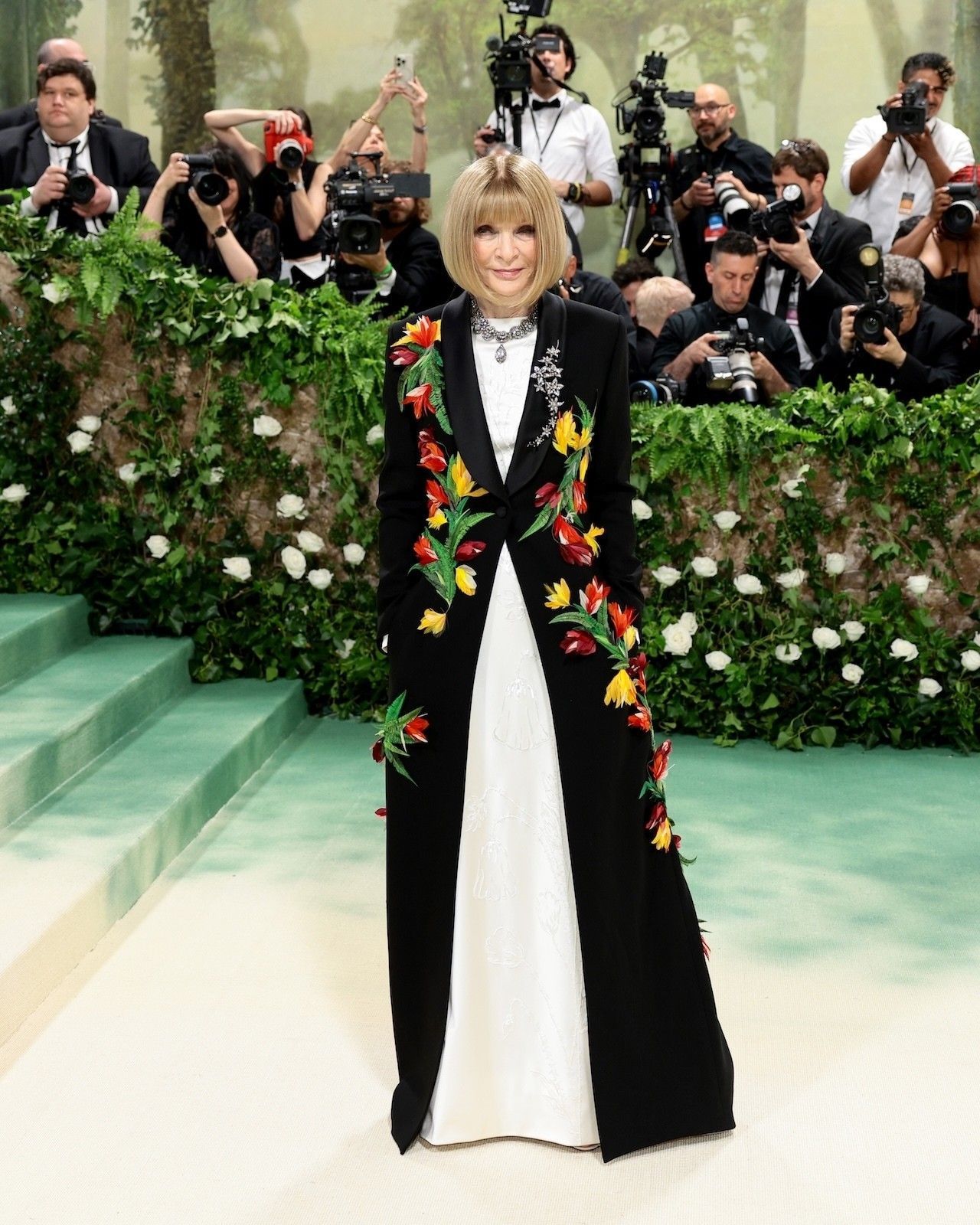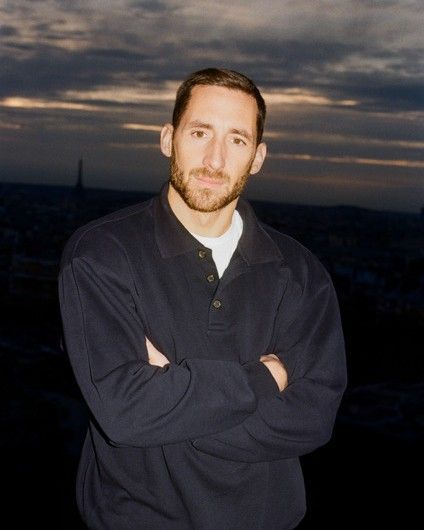
Teintures de France, the secret workshop behind the colors of Haute Couture The art of handling and giving life to fabric, from Tunisia to the Paris suburbs
When we think of Paris and its reputation as the capital of French fashion, what often comes to mind is Avenue Montaigne, Chanel's Rue Cambon, or the Grand Palais, where Karl Lagerfeld held his legendary fashion shows. Rarely do we consider the hidden corners of the Parisian suburbs. However, behind the colorful pathways of a children's amusement park in Bonneuil-sur-Marne, lies Teintures de France, the place where the colors and patterns of fabrics that will shape iconic pieces from top French fashion houses come to life. Indeed, this French artisanal dyeing workshop with Tunisian roots, where traditional techniques meet cutting-edge tools, is trusted by brands like Hermès, Chloé, Louis Vuitton, Rabanne, and Maison Margiela, for fabrics used in runway collections and spotlighted pieces at major fashion events such as red carpets and social gatherings.
The pearl and hand-pleated mousseline strapless dress by Loewe designed by Jonathan Anderson and worn by Ariana Grande at the last Met Gala is one such creation brought to life among the color vats, rows of printers, and spray paint stations at Teintures de France. After starting his career in dry cleaning for Disneyland Paris and the Moulin Rouge, Serge Haouzi, the head designer at the company, began collaborating with fashion designers in the early 2000s, first working with Balmain to create Christophe Decarnin's ripped t-shirts, back when he was the brand's creative director before Olivier Rousteing. More recently, John Galliano turned to the company to craft the vintage-effect leather corsets that stood out in Maison Margiela's Artisanal SS24 collection. The reason top brands continue to return to Teintures de France is clear: the company has earned a stellar reputation not only for handling last-minute emergencies but also for its exceptional understanding of creative projects and its mastery in reproducing colors from tiny samples, factoring in everything from the fabric type to the lighting under which the piece will be showcased.
A talent that few can claim to possess, especially considering that in the 1990s, Paris had over a hundred dyeing and bleaching workshops, but today only four remain, with Teintures de France being the sole company in France offering such a wide range of services. While this process may seem hazardous and harmful both to the workers and the environment, that’s not entirely true. As Mr. Haouzi explained to Women’s Wear Daily, "Of the 1,500 products we used, more than 800 were toxic. Today, only three remain." Recently, the company invested in more eco-friendly technologies, such as Jeanologia's G2 Atmos, which uses ozone to wash jeans, significantly reducing water and chemical consumption. By the end of the year, the company will also have implemented wastewater recycling systems and plans to generate its own energy. This serves as a reminder that fashion and glamour don’t always go hand in hand with pollution, and that behind the stunning creations and high-fashion moments, there are services like Teintures de France without which the fabrics would be far less vibrant and the final result much less dazzling.















































